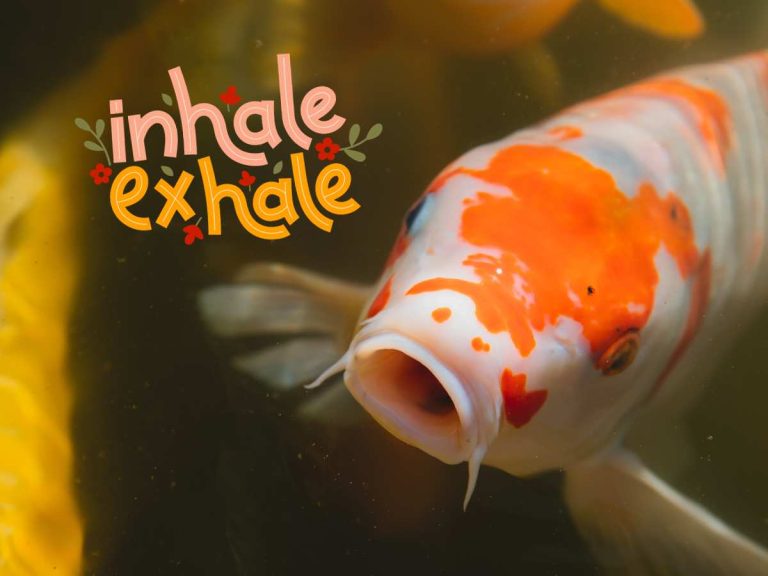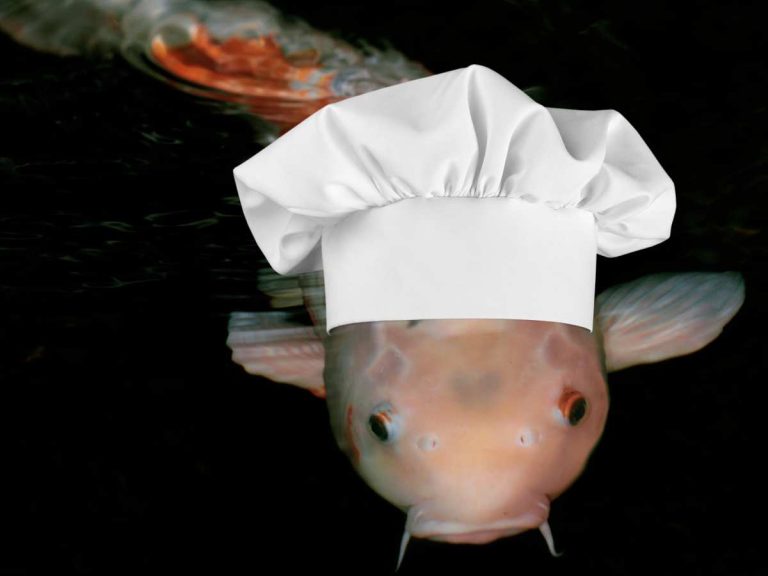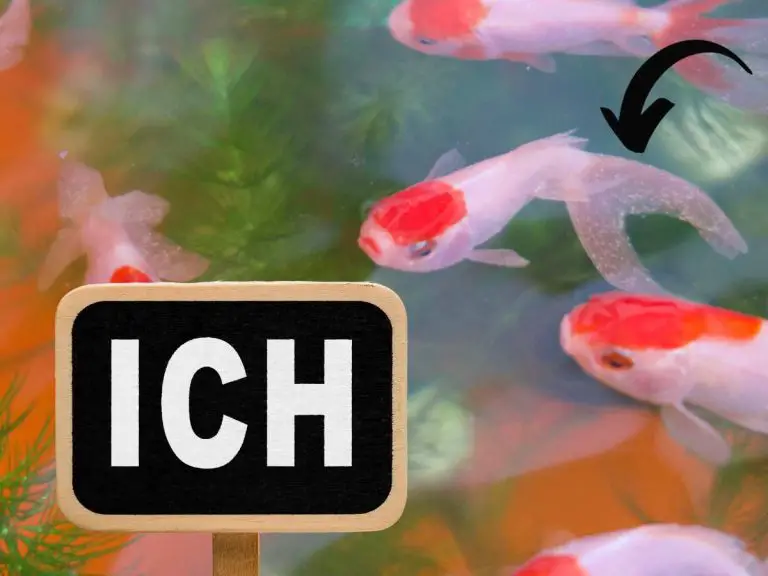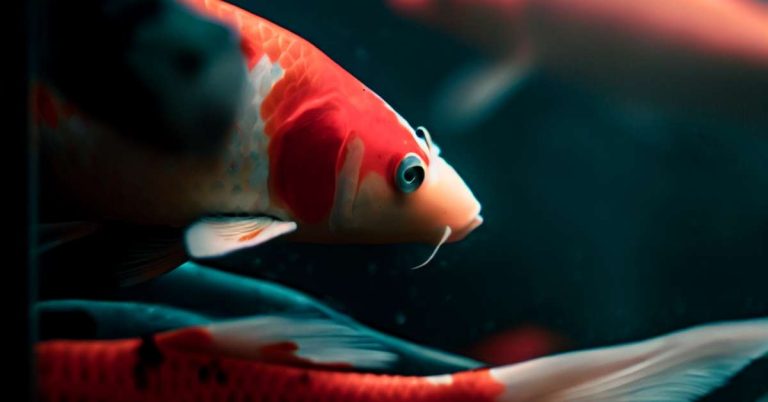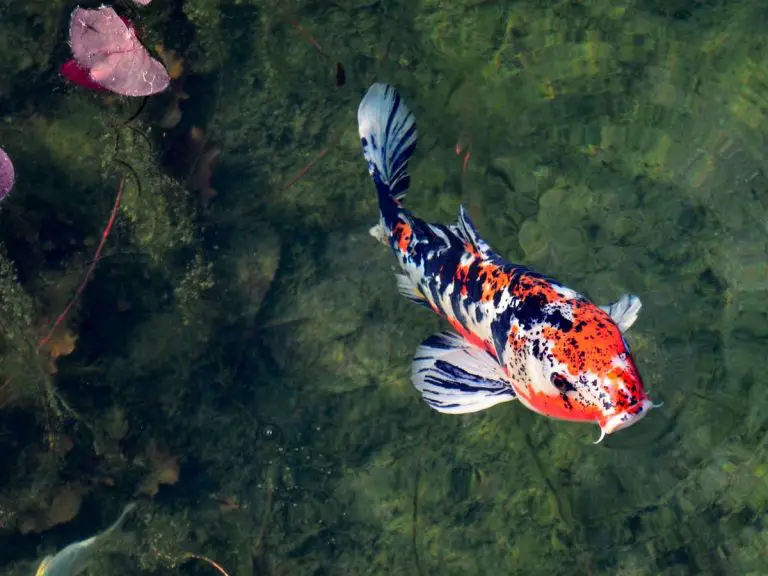Are Koi Fish Freshwater or Saltwater? Discover Which Water Types are Best for Koi
Yes, koi are freshwater fish. In their natural habitat, koi fish can be found exclusively in freshwater environments such as rivers, streams, and ponds. In fact, Koi fish will not survive at all in saltwater. These fish thrive in water that is clean, well-oxygenated, and free from pollutants.
Koi fish require specific water conditions to live and flourish. They prefer a pH level between 7 and 8, which is slightly alkaline. The water temperature should be kept around 64 to 75 degrees Fahrenheit. Additionally, the water should have proper filtration and circulation to ensure the optimal health of the fish.
So, whether you’re just curious or are seriously considering buying koi online for your pond, here’s everything you need to know about what kind of water koi thrive in.
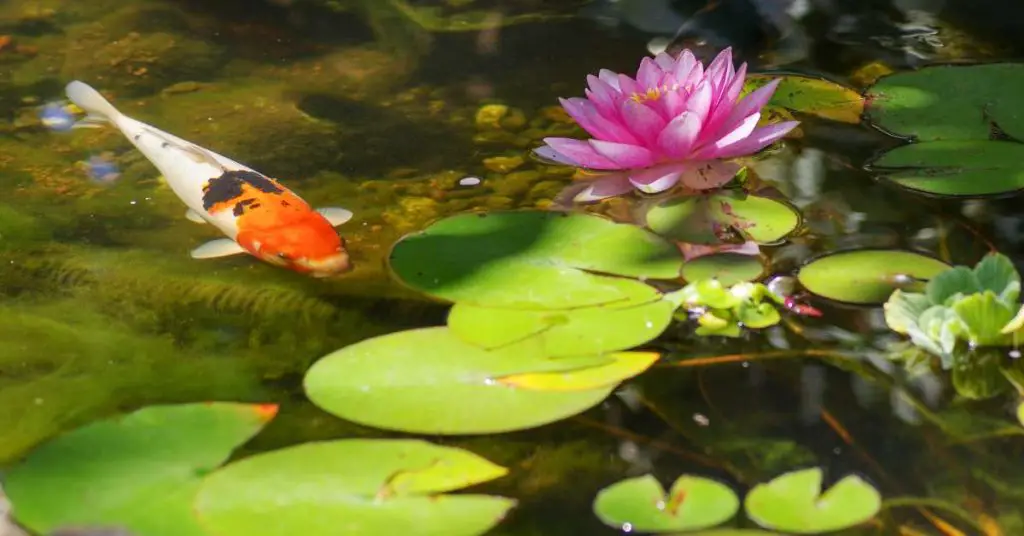
Freshwater: The natural habitat of koi fish
Ah, koi fish – one of nature’s most beautiful creations! These lovely creatures originate from Asia, specifically Japan where they have been treasured for centuries. In their natural habitat, koi fish can be found in freshwater environments such as rivers, streams, and ponds. Now, if you’re thinking of keeping koi fish, it’s crucial to understand the type of water environment they thrive in.
Koi fish, being freshwater fish, prefer calm, clean, and well-aerated water. This means that saltwater, tap water, stagnant water, or any other kind of poor quality water is unhealthy for Koi fish. They relish in spacious ponds with plenty of room to swim around and explore. So, if you’re planning to create a cozy home for your koi fish, make sure you give them lots of space to frolic.
When it comes to water conditions, koi fish aren’t too fussy, but they do have some preferences. They prefer a pH level between 7 and 8, which is slightly alkaline. So, keep an eye on that pH balance to keep your finned friends content. Additionally, they thrive in water temperatures around 70 to 75 degrees Fahrenheit (21 to 24 degrees Celsius). So, if you live in a colder climate, you may want to invest in a heater to keep your koi fish cozy during the chilly months.
All in all, creating a suitable pond for koi fish starts with providing them a water environment that harkens back to their natural habitat. So, now that you know where these delightful fishies come from and the type of water they enjoy, let’s dive into creating the perfect koi pond, shall we?
Related Post: When is the best time of year to buy Koi?
Creating a suitable freshwater pond for koi fish
When it comes to creating the perfect home for your koi fish, there are a few important factors to consider in order to ensure their health and happiness. Let’s dive right in and explore what it takes to construct a suitable koi fish pond!
Factors to consider when constructing a koi fish pond
First and foremost, you’ll want to find a suitable location for your koi pond. It’s best to choose an area that receives partial sunlight, as direct sunlight can lead to excessive heat buildup and algae problems. Additionally, make sure the area is away from overhanging trees or shrubs, as falling leaves can pollute the water and clog the filters.
Next, think about the size and depth of your pond. Koi fish require a spacious environment to thrive and reach their full potential. As a general rule, aim for a pond that is at least 1000 gallons in volume, with a depth of 3 to 4 feet. This provides ample swimming space and helps regulate water temperature fluctuations.
Importance of water filtration and circulation
In order to maintain a clean and healthy pond for your koi fish, it’s crucial to invest in a reliable filtration system. This helps remove debris, excess nutrients, and harmful substances from the water, ensuring optimal water quality. Look for a filtration system that includes mechanical, biological, and chemical filtration components for comprehensive purification.
Circulation is another key aspect to consider. Koi fish thrive in water that is well-oxygenated and constantly moving. By installing a water pump or fountain, you can promote proper water circulation, which not only helps oxygenate the water but also prevents stagnation and the growth of harmful bacteria.
Remember, a healthy pond environment is essential for the overall well-being of your koi fish. By considering factors such as location, size, filtration, and circulation, you can create a suitable pond that provides the perfect habitat for your beloved koi fish to flourish.
Water quality requirements for koi fish
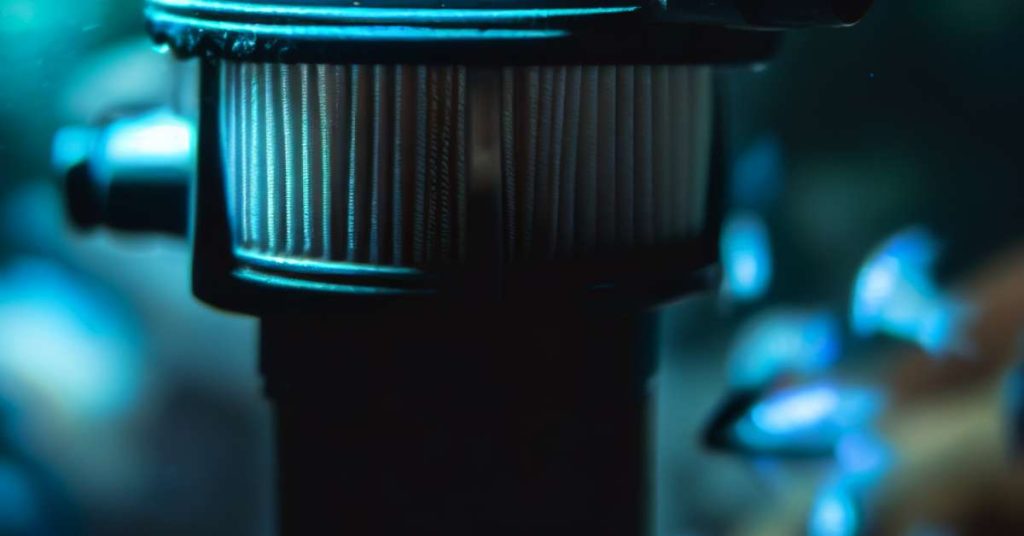
When it comes to keeping koi fish happy and healthy, maintaining optimal water quality is of utmost importance. Let’s dive into the key factors you need to consider for providing the right water environment for your koi friends.
A. Optimal water temperature for koi fish
Koi fish thrive in water temperatures ranging from 59°F to 77°F (15°C to 25°C). It’s crucial to keep the water within this temperature range to ensure their well-being. If the water gets too cold, they may become lethargic, while excessively warm water can cause stress and negative health effects.
B. The importance of pH balance and water hardness
To maintain a healthy environment, the water pH level should be in the range of 7.0 to 8.5. Koi fish prefer slightly alkaline water, so it’s important to monitor pH levels regularly and make adjustments as needed. Additionally, they thrive in water with good hardness, typically measured between 100ppm and 200ppm.
C. Necessary levels of dissolved oxygen in the water
Koi fish require sufficient dissolved oxygen in the water to support their respiration. Adequate aeration and water circulation play a vital role in maintaining proper oxygen levels. Using a pond aerator or installing a waterfall or fountain can help ensure a healthy supply of oxygen for your koi.
Maintaining Water Quality in a Koi Fish Pond
Everybody knows that water is super important for all living creatures, and koi fish are no exception! If you want to keep your koi fish happy and healthy, you need to make sure their water quality is top-notch. Here are some tips on how to maintain the best possible water conditions for your beautiful koi fish.
Regular Water Testing and Monitoring
Testing the water in your koi fish pond is like giving it a check-up. You need to test and monitor the levels of various things to make sure everything’s A-okay. The three main things you need to keep an eye on are ammonia levels, nitrite levels, and nitrate levels. These can all have a big impact on your fishy friends, so be sure to test the water regularly and take action if there are any issues.
Tips for Preventing Common Water Quality Issues
Prevention is always better than cure, right? When it comes to your koi fish pond, this is especially true. There are a few things you can do to help prevent water quality issues. First of all, make sure you don’t overfeed your koi fish. Too much food can cause excess waste, which can throw off the water balance. Also, try to avoid using harsh chemicals near the pond, as they can seep into the water and harm your fish. Finally, make sure you have a good filtration system in place to keep the water clean and clear.
Importance of Regular Water Changes and Cleaning Routines
Just like you need to clean your house regularly, your koi fish pond needs a little TLC too. Regular water changes are essential to maintaining optimal water quality. Ideally, you should aim to change about 10-20% of the water every week. This helps remove any accumulated toxins and keeps the water fresh. Along with water changes, it’s important to regularly clean out any debris or algae that may accumulate in the pond. This will help to prevent any potential issues and keep your koi fish happy and healthy.
| Freshwater Quality Issue | Solution |
|---|---|
| High Ammonia Levels | Increase water changes and check filtration system |
| Excess Nitrites | Improve filtration system and check water quality |
| High Nitrate Levels | Increase water changes and consider adding more plants to absorb nitrates |
| Poor Water Clarity | Use a high-quality filtration system and remove debris regularly |
Feeding and nutrition for koi fish
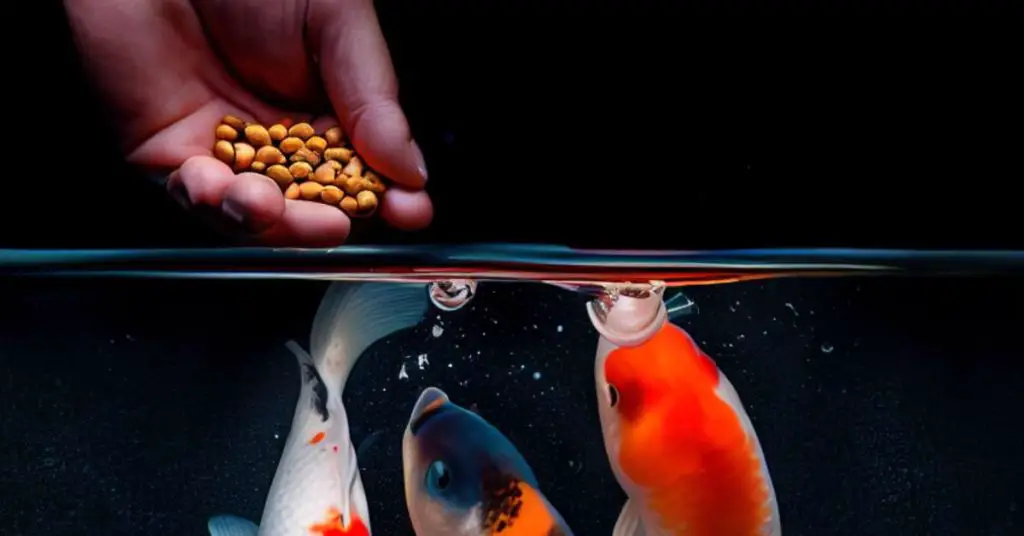
Welcome to the wonderful world of koi fish feeding frenzy! These colorful little beauties can eat like there’s no tomorrow, and keeping their bellies happy and healthy is key to ensuring their overall well-being. So, let’s dive right into the exciting realm of koi fish nutrition!
A. Overview of a koi fish’s diet
Koi fish aren’t very picky eaters, but they do have specific dietary needs. They are omnivorous, which means they’ll happily munch on both plants and meaty treats. A balanced diet is crucial for their growth and vibrant colors. So, what’s on the menu?
1. Plants: Koi fish love their greens! Leafy vegetables like lettuce, spinach, and kale are great options. You can even try water plants such as water hyacinth and water lettuce. These provide essential fiber and nutrients.
2. Protein-packed goodness: Koi fish need their fair share of protein for muscle development and energy. High-quality commercial koi food pellets are readily available and contain the perfect balance of protein, vitamins, and minerals. You can also supplement their diet with high-protein treats like brine shrimp, bloodworms, and even small pieces of cooked fish or chicken.
B. Recommended types of food for koi fish
Investing in high-quality koi food is worth every penny. Look for brands that are specifically formulated for koi fish, as they will provide essential nutrients and help enhance their natural colors. Floating pellets are an excellent option since they mimic how koi fish feed in the wild.
If you want to spoil your pond pals, you can occasionally treat them to freeze-dried foods like shrimp or worms. Just be sure to soak them in water first to regain their juicy goodness!
C. Feeding guidelines and frequency
Now comes the fun part—feeding time! But remember, moderation is key. Overfeeding can lead to digestive issues and poor water quality. Aim to feed your koi fish several small meals throughout the day, rather than one big feast.
As a general rule, feed them only what they can consume within 5 minutes. Wait a bit, and if they’re still begging for more, you can offer additional food. Be careful not to exceed more than what they can eat in just a few minutes.
If you’re unsure about the right amount to feed your fishy pals, don’t fret! Start with smaller portions and monitor their feeding behavior. Adjust accordingly and remember that their appetite may vary depending on the weather and season.
Common Health Issues and Diseases in Freshwater Koi Fish
Alright, folks, let’s dive into the world of koi fish health! These beautiful creatures may seem tough, but just like any other living beings, they can face some health issues from time to time. Let’s take a closer look at some of the common ones and how to tackle them.
Overview of Common Health Problems
So, what are the koi fish health problems we need to keep an eye out for? Well, one major issue is parasites. These little buggers can latch onto our beloved koi and cause all sorts of trouble. Then we have bacterial infections, which can wreak havoc on their delicate systems. And let’s not forget about viral diseases, another concern for our underwater buddies.
Prevention and Treatment
Now, onto the important part – how do we prevent and treat these pesky health problems? Well, my friends, prevention is key. Regular health check-ups are a must. Keep an eye out for any signs of illness like changes in behavior or appearance. And my pro tip? Quarantine new koi before introducing them to your main pond. This will help you avoid any potential disease outbreaks.
If you do spot any health issues, don’t panic! There are treatment options available. Medications can help eradicate parasites or combat infections. Just make sure you follow the instructions carefully and monitor your koi closely. And remember, prevention is always better than cure, so maintaining good water quality and providing a balanced diet will go a long way in keeping your koi fish healthy and happy.
Reference Table: Common Koi Diseases, Symptoms, and Treatment Options
| Disease | Symptoms | Treatment |
|---|---|---|
| Ichthyophthirius multifiliis (Ich) | White spots on body and fins, flashing against objects | Medication containing malachite green or formalin |
| Columnaris (Mouth Fungus) | White patches on mouth, frayed or eroded fins | Antibiotics such as erythromycin or tetracycline |
| Gill Flukes | Rapid gill movements, gasping at the water surface | Treat with medication containing praziquantel or trichlorfon |
| Viral Hemorrhagic Septicemia (VHS) | Lethargy, bloated body, internal and external bleeding | No known cure, practice good hygiene and prevent spread |
Conclusion
Wow, we’ve covered a pond-load of information about koi fish and their freshwater habitat! I hope you now have a solid understanding of what it takes to keep these beautiful fish thriving in your very own pond.
Here’s a quick recap of the key points we discussed:
- Koi fish are indeed freshwater fish, so they require a pond with freshwater conditions.
- Koi fish are originally from Asia and thrive in a water environment with ideal temperature, pH balance, and dissolved oxygen levels.
- When creating a koi fish pond, consider factors like size, depth, and the importance of water filtration and circulation.
- Regular water testing, prevention of common water quality issues, and routine water changes are crucial for maintaining a healthy pond environment for koi fish.
- Feeding koi fish a balanced diet is essential, with recommended types of food and specific feeding guidelines.
- Common health issues and diseases can be prevented and treated through regular health check-ups and adhering to quarantine protocols.
Remember, taking care of koi fish isn’t just about providing a home; it’s about creating an environment that mimics their natural habitat. So, if you’re truly passionate about ponds and koi fish, be sure to seek further information and expert advice to ensure your finned friends live their best lives.
Happy pond-keeping, my friends!
Related Questions
Can koi fish be kept in saltwater environments or only in freshwater ponds?
Koi fish are strictly freshwater fish and are not suited for saltwater environments. Their natural habitat and physiological adaptations make them best suited for thriving in freshwater conditions such as rivers, streams, and ponds.
Can koi fish adapt to different types of freshwater environments beyond ponds, like rivers and streams?
Absolutely! Koi fish are versatile creatures that thrive in various freshwater environments. While they’re often associated with ponds, their natural habitat extends to rivers, streams, and even larger bodies of water. Koi’s ability to adapt to different freshwater settings is one of the factors that make them such resilient and captivating aquatic companions.

